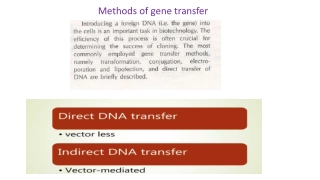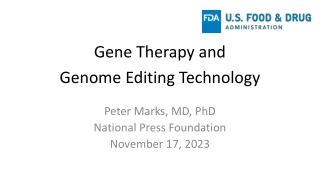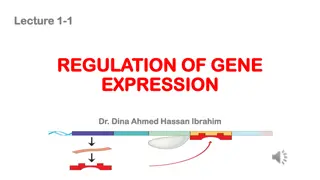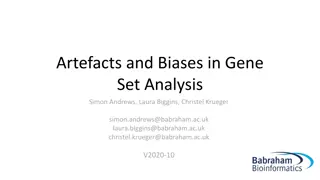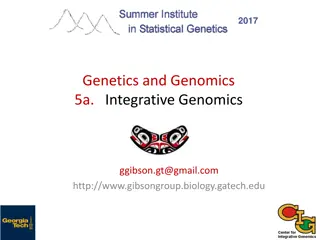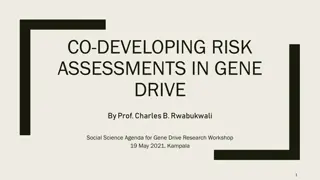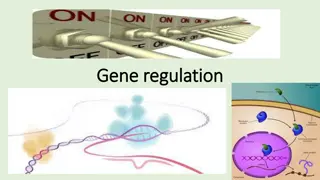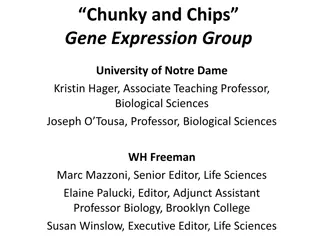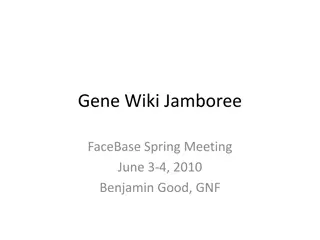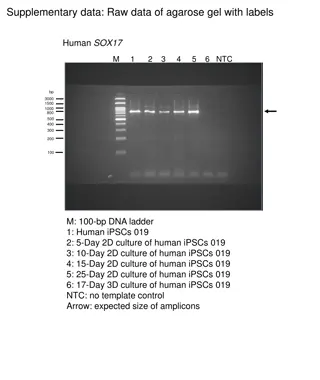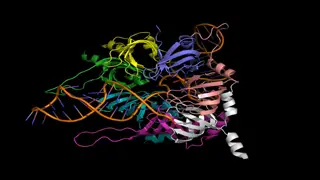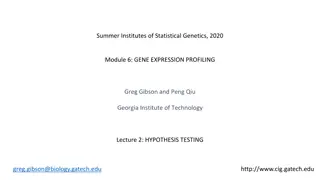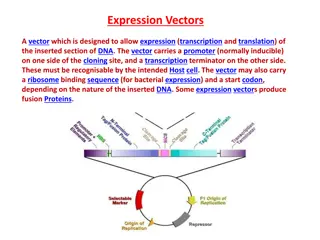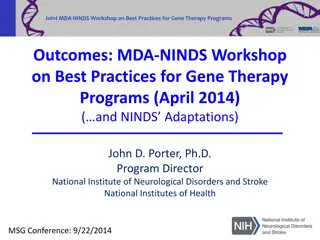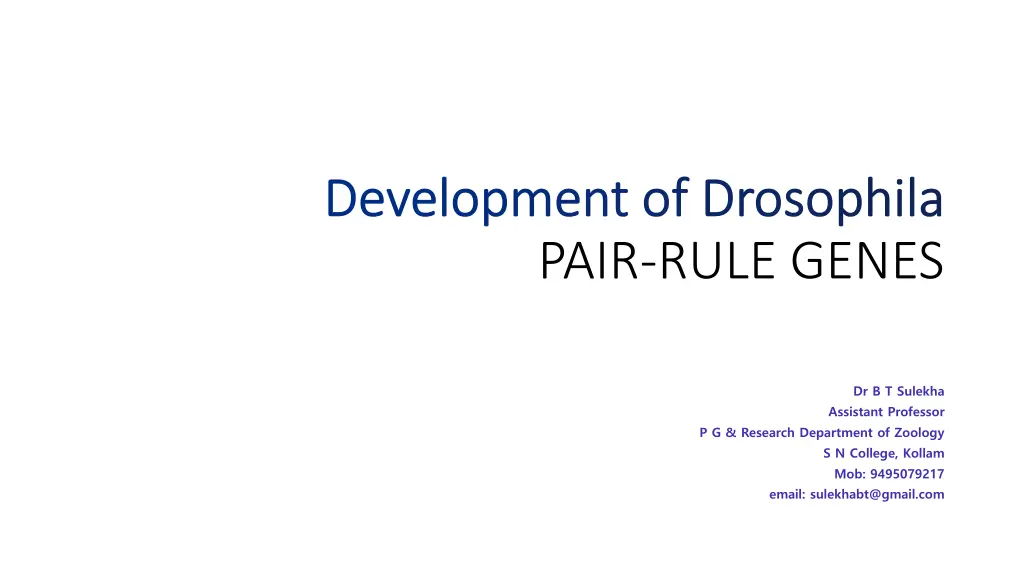
Pattern Formation in Drosophila Development
Explore the intricate process of pattern formation in Drosophila development, focusing on pair-rule genes and their role in segmentation. Learn about primary and secondary PRGs, as well as the essential function of PPRGs controlled by GG protein. Discover how modular cis-regulatory enhancer elements and trans-regulatory gap genes influence the placement of PRG stripes.
Download Presentation

Please find below an Image/Link to download the presentation.
The content on the website is provided AS IS for your information and personal use only. It may not be sold, licensed, or shared on other websites without obtaining consent from the author. If you encounter any issues during the download, it is possible that the publisher has removed the file from their server.
You are allowed to download the files provided on this website for personal or commercial use, subject to the condition that they are used lawfully. All files are the property of their respective owners.
The content on the website is provided AS IS for your information and personal use only. It may not be sold, licensed, or shared on other websites without obtaining consent from the author.
E N D
Presentation Transcript
Development of Drosophila Development of Drosophila PAIR-RULE GENES Dr B T Sulekha Assistant Professor P G & Research Department of Zoology S N College, Kollam Mob: 9495079217 email: sulekhabt@gmail.com
PAIR-RULE GENE (PRG) First indication of segmentation at 13th division by pair-rule genes. Transcription pattern of this gene is peculiar One vertical band of nuclei expressed a pair-rule gene - next band of nuclei does not express it Pair-rule genes- Have only half the number of parasegments- they are actually missing every other parasegment. fushi-tarazu mutants lack odd-numbered parasegments and even-skipped mutants lack even- numbered parasegments. Pair-rule genes- form seven stripes of transcription around each embryo. First expressed at syncytial blastoderm. Alternate vertical band of nuclei express PRG Thus the alternate band of nuclei express the segmentation patterns It results the 'zebra stripe' 'zebra stripe' pattern along ant.-post. axis Embryo divided into 15 subunits 8 genes - divide the early embryo in this fashion
PAIR-RULE GENE (PRG) Primary & Secondary PRG Primary Pair Rule Gene 1. hairy (h) 2. even-skipped (eve) 3. runt (run) One important fact is that not all nuclei express the same PRGs Within each parasegment, each row of nuclei has its own constallation of PRG Some nuclei transcribe a particular gene but the neighbors are not transcribe the same - but from gap genes (Alternate PRG & GG) even-skipped fushi tarazu Secondary PRG 4. fushi tarazu (ftz) 5. odd-paired (opa) 6. odd-skipped (osk) 7. sloppy-paired (slp) 8. paired (prd)
Three PPRG Three PPRG - - essential for the formation of the periodic pattern These are directly controlled by GG protein The enhancer of PPRGs are recognized by GGprotein - different concentration ofGG protein determine the transcription of PRGs (transcribed or not) One of the best studied enhancer is evn evn- -skipped enhancer. The enhancers are important in genetic & biochemical means Ist - mutation in particular enhancer - delete particular stripe only 2nd - if a reporter gene (eg. Lac Z for -galactocidase) fused to enhancer elements - the lac Z gene expressed only in that particular stripes 3rd - the placement of stripes - altered by the GG deletion skipped gene
Placement of stripes of PRG expression is a result of 1. modular cis regulatory enhancer modular cis regulatory enhancer element (of PRG) element (of PRG) 2. trans 2. trans - -regulatory gap gene regulatory gap gene Modular cis-regulatory enhancer element & the trans-regulatory GG results the expression stripes of PRG the transcription pattern of PRG is initiated by GG proteins It is then stebilized by their interaction among themselves PPRGs allows/or inhibits the expression of the secondary PRGs One such secondary PRG is f fu ushi tarazu tarazu The expression of each PRG in 7 stripes divides the embryo into 14 parasegments Each PRG expressed in alternate parasegments Each row of nuclei within each parasegment expresses a particular unique condition of PRG Products these product will activate the next level of segmentation gene (SG) - the Segment Polarity gene (SPG) shi
Three different sets of genes N sslein-Vollhard & Wieschaus, Nature 287 795 (1980).

